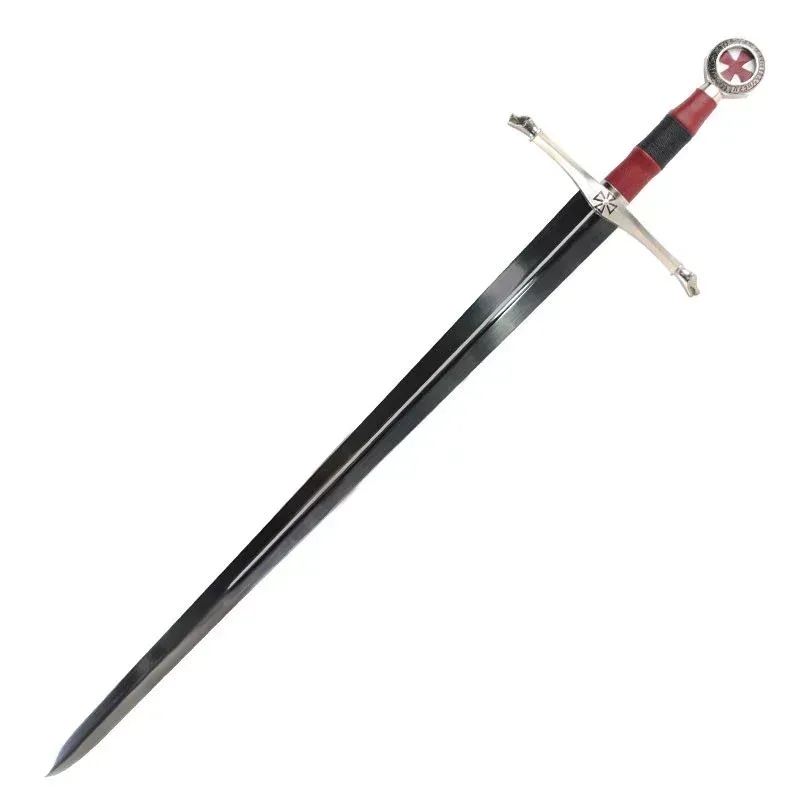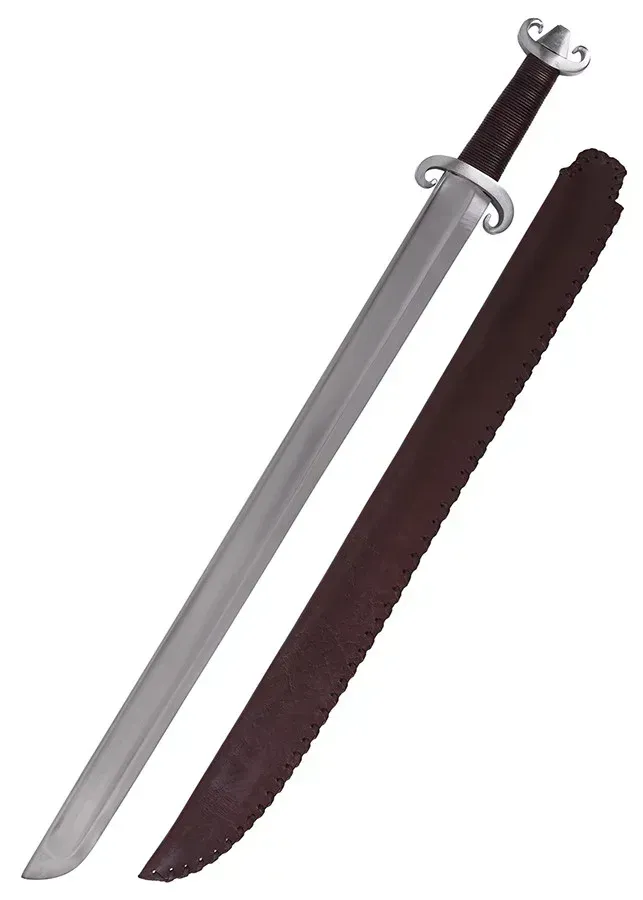Templar Swords Vs. Viking Swords
The Templar swords and Viking swords are two of the most emblematic and iconic weapons in history, each deeply rooted in its respective culture and era. Both swords share significant symbolic and functional importance for the warriors who bore them. In this analysis, we will explore the differences and similarities of these swords regarding their origin, design, technical features, symbolism, and functionality.
Origin and Culture
Templar Swords- Origin: The Templar swords arise from the Order of the Temple, a military and religious order founded in the 12th century during the Crusades. The Knights Templar were known for protecting pilgrims on their journeys to the Holy Land.
- Culture: They symbolized the status and commitment of the knights, who were known for their bravery and loyalty to the order. The swords were not only tools of combat but also symbols of honor and duty.
- Origin: Viking swords have their roots in Scandinavian culture, used by Viking warriors between the 8th and 11th centuries. Their earliest recorded raid was in the year 793, marking the beginning of a nearly 300-year Viking era.
- Culture: Vikings revered their swords, believing they would accompany them in the afterlife in Valhalla. The blacksmith was a mystical and highly respected figure for his ability to forge these exceptional weapons.
Design and Technical Features
Templar Swords- Design: They are characterized by a straight blade, a cross in the shape of a Latin cross, and a pommel adorned with symbols specific to the Order of the Temple. The handle is meticulously crafted, reflecting attention to detail and craftsmanship.
- Materials: The blades are made of high-quality steel, while the pommels and guards are made of metals such as brass or stainless steel, providing durability and strength.
- Design: These swords are up to 80 cm long and have a double edge, with a more rounded tip than Gladius swords. This morphology makes them primarily suitable for cutting.
- Materials: Crafted with ancient techniques, often using wootz steel, which made them three times stronger, more flexible, and more resilient than other swords of the time.
Symbolism and Functionality
Templar Swords- Symbolism: The swords represented the faith and religious commitment of their bearers. They incorporated inscriptions and decorations that reflected the honor and bravery of the Templar knights.
- Functionality: Beyond being combat weapons, they symbolized the status and skill of the knights in battle, as well as represent a spiritual bond with their mission.
- Symbolism: They were signs of power and status among Viking warriors. The belief that they would accompany the bearer on their journey to Valhalla testified to their deep cultural significance.
- Functionality: Their versatility in combat was manifested in their double-edged design, making them effective for cutting and attacking with great precision.


| Aspect | Templar Swords | Viking Swords |
|---|---|---|
| Origin | Order of the Temple, 12th century | Scandinavian culture, 8th-11th century |
| Culture | Meaning of honor and duty | Symbol of power, belief in Valhalla |
| Design | Straight blade, Latin cross | Long and double-edged |
| Materials | High-quality steel, brass | Wootz steel, stronger and more flexible |
| Functionality | Combat, symbol of knights | Effectiveness in cutting and combat |
Both swords not only stand out for their functionality in combat but also for their profound cultural and spiritual significance. Framed in historical times of change and war, these violent weapons also tell stories of values, beliefs, and symbolism that resonate through the centuries.
















